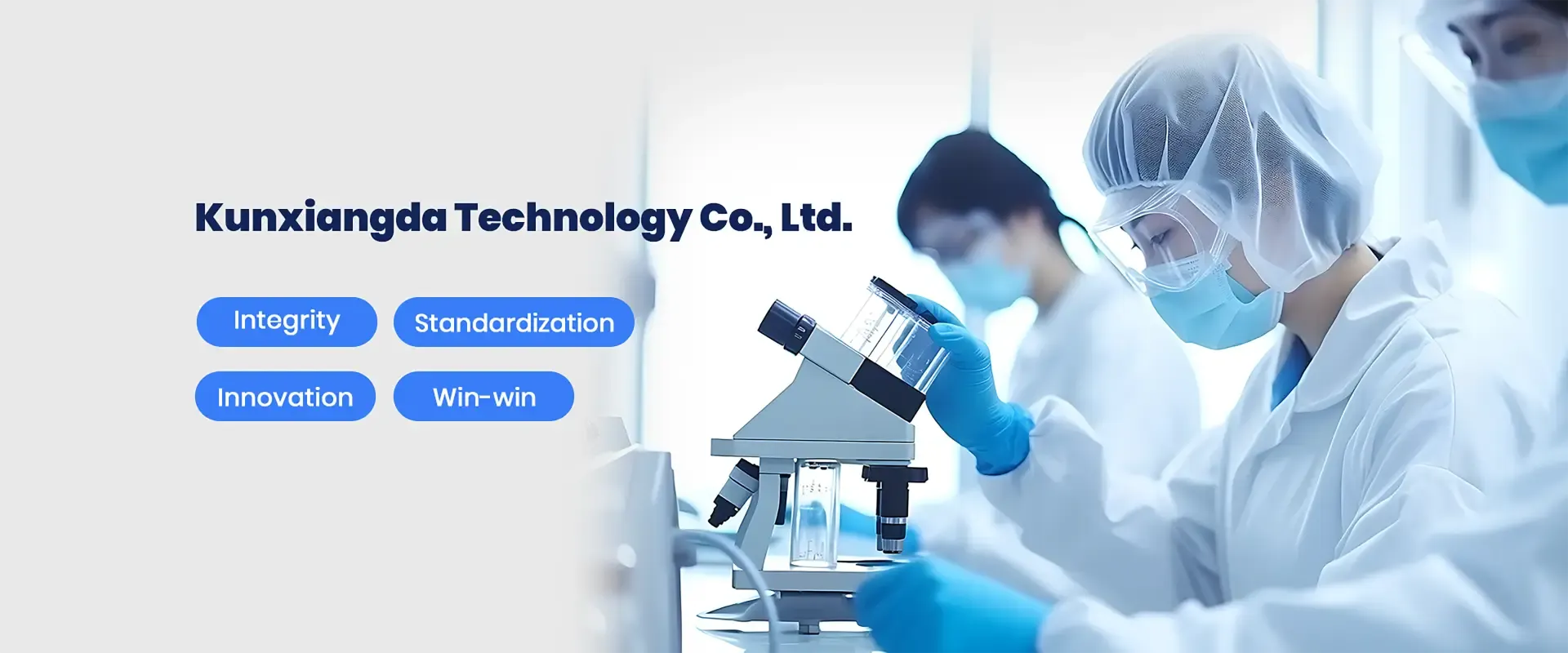Oxo-Degradable Additives A Controversial Solution to Plastic Pollution
In the ongoing battle against plastic pollution, oxo-degradable additives have emerged as a controversial solution. These additives, which are mixed with traditional plastics, are designed to facilitate the degradation process by encouraging oxidation under specific environmental conditions. Proponents argue that these additives provide a viable path toward reducing plastic waste in landfills and oceans. However, critics emphasize that they may not promote true biodegradation and could pose significant environmental risks.
Understanding Oxo-Degradable Additives
Oxo-degradable additives are typically made from metal salts, like iron or manganese, combined with traditional plastics such as polyethylene and polypropylene. When these additives are incorporated into plastic products, they accelerate the breakdown of the material through oxidative processes when exposed to heat, light, and oxygen. The result is a plastic that can fragment into smaller pieces over time, theoretically reducing its lifespan in the environment.
One of the primary claims made by manufacturers of oxo-degradable plastics is that they provide a more environmentally friendly alternative to conventional plastics. In theory, the process allows for a shorter decomposition time, which could help mitigate the global plastic crisis. As plastic debris continues to accumulate in oceans and landfills, the urgency for innovative solutions has never been more critical.
Benefits and Drawbacks
Supporters of oxo-degradable additives point to several potential benefits. Firstly, these plastics may be better suited for specific applications where traditional recycling processes are inefficient or unavailable. For example, single-use items like grocery bags, food packaging, and straws could potentially degrade quicker, leading to less environmental accumulation.
Additionally, oxo-degradable products are often designed to be compatible with existing manufacturing processes, allowing for a smoother transition from traditional plastics to these modified versions without significant additional investment in factory technologies.
oxo degradable additives

However, the drawbacks of oxo-degradable additives are equally compelling. Critics argue that the resulting fragments of degraded plastic, known as microplastics, pose severe risks to ecosystems and wildlife. Instead of breaking down into harmless organic materials, these microplastics can persist in the environment for years, accumulating in the food chain and potentially impacting human health.
Moreover, there is a growing concern about the classification of oxo-degradable plastics. Many manufacturers market their products as biodegradable, despite the fact that the breakdown process may not yield safe or non-toxic end products. This miscommunication can lead to a false sense of security among consumers and contribute to improper waste disposal practices, undermining recycling efforts.
The environmental implications extend beyond the immediate effects of microplastic pollution. The production and use of oxo-degradable additives can also contribute to carbon emissions and other environmental pollutants. The long-term impact of introducing such materials into ecosystems remains uncertain, necessitating thorough scientific research to evaluate all potential risks.
Regulatory Challenges and Future Directions
The regulatory landscape for oxo-degradable additives is complex and varies across different regions. Some countries have embraced regulations that promote the development of truly biodegradable alternatives while restricting or banning oxo-degradable products due to environmental concerns. The European Union, for instance, has taken steps to examine the environmental impact of these additives and their interaction with existing waste management systems.
Looking ahead, the plastic pollution crisis necessitates a multi-faceted approach that includes not only the development of innovative materials but also improved waste management strategies, enhanced recycling technologies, and increased consumer awareness. True solutions should prioritize reducing plastic consumption and promoting sustainable alternatives rather than relying on potentially misleading additives.
Conclusion
While oxo-degradable additives present an intriguing prospect for addressing plastic waste, the complexities and challenges they introduce cannot be overlooked. Continued research and regulation will be critical in determining their place in the quest for sustainable materials. As society seeks solutions to plastic pollution, it is essential to weigh the promises of oxo-degradable plastics against their potential consequences for the environment. Only through a comprehensive understanding and responsible approach can we hope to create a cleaner, more sustainable future.

